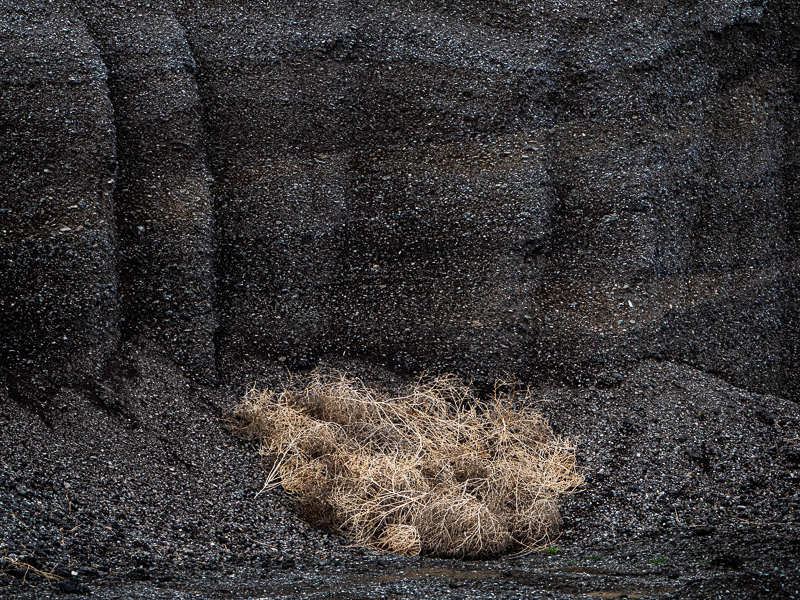Every Picture Is a Compromise
Lessons from the Also-rans
Most photography websites show the photographer's very best work. Wonderful. But that's not the full story of a creative life. If we want to learn, we'd better pay attention to the images that aren't "greatest hits" and see what lessons they have to offer. Every picture is a compromise — the sum of its parts, optical, technical, visual, emotional, and even cosmic – well, maybe not cosmic, but sometimes spiritual. Success on all fronts is rare. It's ok to learn from those that are not our best.
This is a series about my also-rans, some of which I've been able to improve at bit (i.e., "best effort"), none of which I would consider my best. With each there are lessons worth sharing, so I will.

Previous image | Next image |
Original digital capture

Contrast to the Rescue Week
It's amazing how many times an increase in contrast helps an image. Of course, it's possible to push this too far, but a nudge to increase contrast brings a presence to an image that otherwise would seem flat and dull. This week's examples are all from low contrast light that was boosted a bit in processing.
What I saw that I liked:
A pile of crushed rock is a common scene in eastern Oregon. This is a stash of material to spread on the icy roads of winter.
What I don't like in the picture:
This tumbleweed had nuzzled into a small depression and just seemed to be posing, waiting for a photographer to show up — so I did.
What I learned:
My habit is to compose and image in field based on shapes, lines, and textures. I know that I can always change tones as needed in processing, so I don't worry too much about that when I'm out photographing. It's often that nudge in contrast that makes the picture come alive.
2nd Chances: What I might try next
Maybe I should look at this one as a b/w image, but I suspect I'll prefer the color in the tumbleweed and its contrast to the monochromatic rocks. |
|


